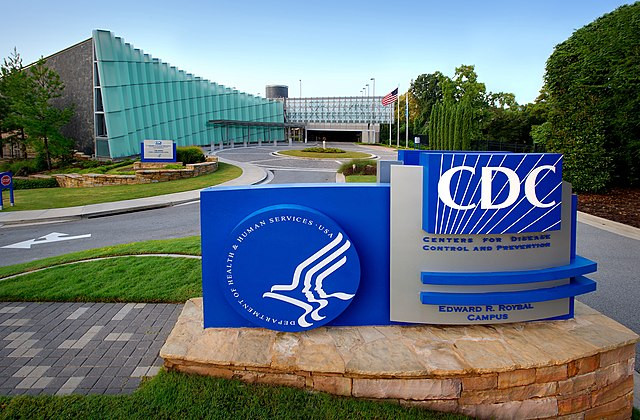The Centers for Disease Control and Prevention (CDC) confirmed the United States' first severe case of bird flu on Wednesday, identifying the patient as a Louisiana resident over the age of 65 with underlying medical conditions. This case marks a turning point in the ongoing battle against avian influenza as health officials investigate the risks of the virus spreading beyond farms and poultry operations.
The patient, who is currently hospitalized in critical condition, was likely infected through exposure to sick or dead birds in a backyard flock, according to Louisiana health officials. Dr. Demetre Daskalakis, director of the CDC's National Center for Immunization and Respiratory Diseases, stated during a press briefing, "While an investigation into the source of this infection in Louisiana is ongoing, it is believed that the patient... had exposure to sick or dead birds on their property."
This is the first reported case in the U.S. directly tied to exposure to a backyard flock. Prior cases have predominantly involved farmworkers handling infected poultry or cattle.
The CDC said genomic sequencing of the virus from the Louisiana case matches strains circulating in wild birds and poultry in Canada and Washington state. This variant also caused a recent infection in a teenager hospitalized in British Columbia. Dr. Peter Chin-Hong, an infectious disease expert at the University of California, San Francisco, commented, "What this illustrates is people can get really sick from bird flu, and to me, it's related to the case in British Columbia. These patients are both united by the same variant."
So far in 2023, there have been 61 reported cases of human bird flu in the U.S., with most classified as mild. The Louisiana case is considered the first severe instance, as earlier hospitalizations were attributed to other underlying health conditions rather than direct complications from the virus.
Despite the severity of the Louisiana case, the CDC maintains that the risk of bird flu to the general public remains low. "No person-to-person transmission has been detected," the agency said in a press release, adding that those who work with birds, poultry, or dairy cattle are at higher risk and should follow recommended precautions.
Dr. Chin-Hong highlighted emerging risks, particularly for individuals who handle dead birds outside of commercial farming settings. "We've been focusing on dairy workers and poultry workers, but an emerging risk is handling dead birds in your backyard," he noted.
Since the virus began circulating widely in wild birds in 2022, over 123 million birds in the U.S. have been culled or euthanized due to outbreaks, according to CDC data. Earlier this year, bird flu began spreading among dairy cows, with 16 states reporting infections in cattle. Research suggests that raw milk could be a vector for transmission, as infected cows shed the virus through their mammary glands.
California has been hit particularly hard, reporting 33 human cases of bird flu this year. Governor Gavin Newsom declared a state of emergency on Wednesday to expedite the state's response. Additionally, a California farm issued a recall of raw milk products earlier this week after samples tested positive for bird flu, prompting a federal order for nationwide testing of raw milk samples.
While health officials emphasize that the current risk to humans is low, scientists are closely monitoring the virus for mutations that could allow person-to-person transmission. While there is no evidence of the virus spreading between humans, scientists have expressed concerns about its potential to mutate and gain that ability, raising fears of a future pandemic.
The Louisiana case, along with a probable case in Wisconsin reported this week, underscores the importance of ongoing surveillance. The CDC is conducting genome analysis to detect any mutations that may signal heightened risks. "The best way to prevent bird flu is to avoid exposure whenever possible," the CDC advised, urging individuals to stay clear of sick birds and raw milk products from infected animals.






